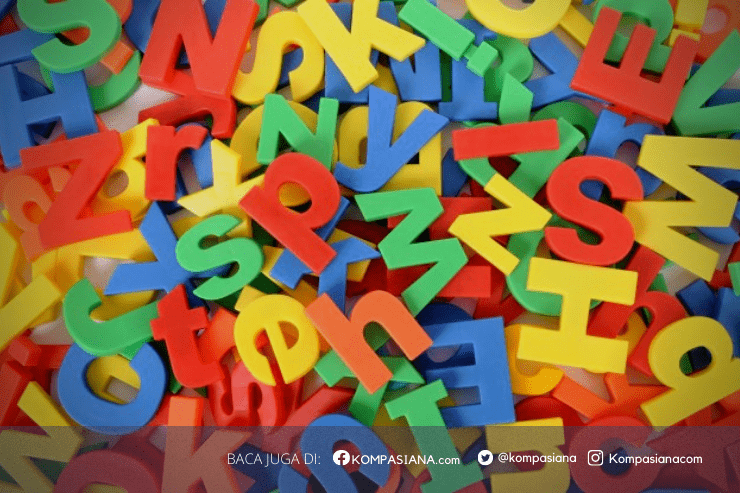The Ministry of Agriculture has pledged to reduce rice consumption over the next few years as it seeks to boost food security and ensure that people eat a more balanced diet. Over reliance on rice as a staple foodstuff not only involves questions of national food security, but also nutrition. The problem is serious. A 2006 World Food Program survey on 341 districts and cities in 30 provinces found that people in roughly half of the areas are consuming less than 1,700 calories a day, well below the international standard of 2,100 considered necessary to provide the minimum energy required for an average adult. In addition, up to 70 percent of the country’s women and children are anemic, according to a United Nations Children’s Fund (Unicef) study that was compiled in 2004. The problem is not so much a lack of food, but a lack of variety. Poor people tend to substitute more expensive protein-rich foods such as meat and eggs with rice (Jakarta Globe, August 14 & Dec 23, 2009).
The government intention to boost food security by reducing rice consumption is based on the actual condition in Indonesia where from year-to-year statistic the production of rice is decreasing due to climate adversity and unavailability of fertilizer. Adding variety to the staple food automatically liberate the pressure on government obligation to fulfill the population needs of rice. There are many alternative to rice as source of carbohydrate, and if the cultural point of view of Indonesian people is set accordingly, these foods could be grown locally and no need to import, thus reducing the cost of acquiring it as well.
Dr Hiromi Sinya in his book "Miracle of Enzyme" mentioned about the lack of nutrition in consuming rice. Especially when it consist more than 50 or 60% of your diet. He suggested that to get a balanced nutrition, one should consume more proteins, not carbohydrate. This explain how the people in the country had less than needed calories. He concluded that a proper meal should consist about 50% of protein, 30% carbohydrate and 20% fat. The ingredients is represented in a plate of tenderloin steak, but in a different proportion. The leguminous and beans should be more than the potatoes and the red meat. He gathered this conclusion from more than 30 years of his work as intestinal surgeon and how the correct intake optimize one's enzyme and increasing the quality of life. The doctor, by the way, never fell into illness in those years after practicing this style of life. The point is, leguminous, beans and other vegetable proteins could be seen as alternative staple as well as improving our health.
The shifting of rice consumption is not only happening in Indonesia. Recently, statistic also shows the decreasing of rice consumption in China (International Rice Research Institute), probably because of the same reason. Thus, economically, soon rice crops is not profitable anymore. The farmers should find an alternative to crop, and it became government obligation to intervene and direct them with subsidies. While beans and leguminous is more easier to grow than rice, it will give advantage both to the government in terms of land availability and the amount of subsidies that need to be paid. Quick wins includes financing programs to the farmers to acquire seeds and mechanical facility.
In conclusion, government direct, but we as part of the population need to shift our paradigm about the staple food. Learn that add variety to it is not only viable economically, but also offer a passage to healthier life.
Baca konten-konten menarik Kompasiana langsung dari smartphone kamu. Follow channel WhatsApp Kompasiana sekarang di sini: https://whatsapp.com/channel/0029VaYjYaL4Spk7WflFYJ2H









